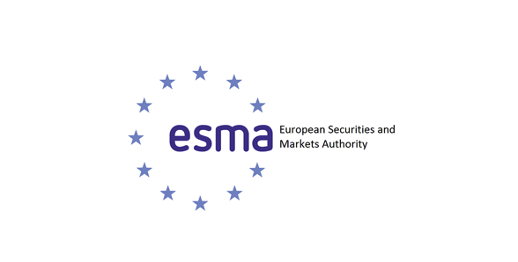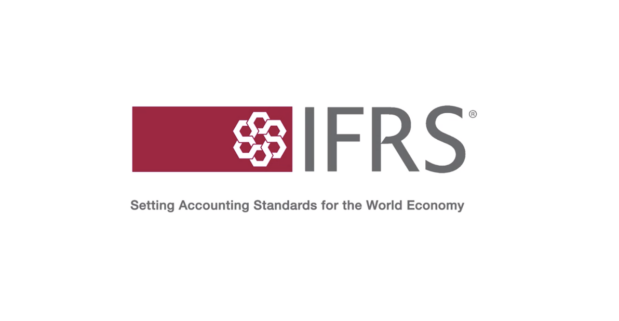Evaluating ESMA’s Return Forecasting Model: A Case for Data-Driven Risk Management
Introduction
In an era marked by growing complexity and regulation in financial markets, financial risk management has never been more crucial. For European fund managers, the European Securities and Markets Authority (ESMA) plays a central role in shaping compliance standards—for exaxmple through the Key Information Document (KID) requirements. One of the core elements of these regulations is the disclosure of forecasted returns for Packaged Retail and Insurance-based Investment Products (PRIIPs), including investment funds and UCITS.
ESMA mandates a historical median-based model to predict 1-year forward returns. However, the methodology’s reliance solely on past performance raises critical questions, especially when assessed against contemporary academic and industry standards. This article, based on a comparative study, evaluates ESMA’s return forecasting methodology against a more sophisticated time-series prediction model (TSP), highlighting significant implications for custom risk solutions and investor protection.
The Regulatory Framework: ESMA and the KID
The Commission Delegated Regulation (EU) 2017/653, supplemented by Regulation 2021/2268, requires all European fund managers to publish a KID. Among other elements, the KID includes a performance scenario forecast—particularly a “moderate scenario” based on a 10-year historical lookback using median returns.
While this approach standardises reporting, it is overly simplistic. It fails to account for forward-looking indicators that modern AI solutions and econometric models consider essential. The prescribed ESMA model, being static and backward-looking, may not reflect current or future market dynamics, which poses risk for investors relying on these forecasts for decision-making.
Challenging Market Efficiency Assumptions
The ESMA methodology assumes past returns can effectively predict future outcomes—a concept that directly contradicts the Efficient Market Hypothesis (EMH), particularly its weak form. According to EMH, asset prices already reflect all past price information, making it impossible to consistently forecast future returns using historical data alone.
This study rigorously tests ESMA’s assumption by comparing its model with a dynamic time-series forecasting model (TSP) that incorporates macroeconomic indicators and firm-specific variables. The TSP model includes:
Fama-French Five Factors (e.g., Market Premium, HML, SMB)
Macroeconomic indicators (e.g., European inflation, leverage, term spread)
Liquidity measures like the Amihud ratio
Covid-19 crisis dummies
Currency metrics (EUR/USD exchange rate)
These findings are particularly relevant for financial institutions, where AI technologies offer significant enhancements to risk forecasting and decision-making processes.
Methodology: Historical Medians vs Forward-Looking Models
ESMA Model
The ESMA approach uses the median of historical 1-year returns over a 10-year rolling window. This static method is easy to apply and standardised, but it inherently lacks flexibility. It assumes that the future is a reflection of the past, ignoring major macroeconomic or structural shifts—thus potentially misguiding investors.
Sophisticated Time-Series (TSP) Model
In contrast, the TSP model leverages OLS regression techniques and the LASSO BIC method to select optimal predictive variables. It dynamically adapts to market changes by:
Evaluating autocorrelation patterns
Adjusting the selection of input factors annually
Offering a model with greater adaptability for both equity and fixed-income instruments
This framework aligns with the needs of modern AI solutions and financial risk platforms, which require agile, data-driven approaches.
Key Findings: Equity vs Bond ETF Forecasts
Equity ETFs: TSP Outperforms ESMA
The analysis demonstrates that for European passive equity ETFs, the TSP model vastly outperforms the ESMA approach in terms of both unbiasedness and accuracy. Using multiple years (2018–2022) of out-of-sample testing, the TSP model consistently delivered forecasts that closely tracked actual returns.
TSP Mean Prediction Error: 0.37%
ESMA Mean Prediction Error: -3.82%
Unbiasedness Test: TSP was not significantly biased, while ESMA was significantly biased
Accuracy Test: TSP predictions were closer to actual returns
This strongly indicates that relying solely on historical medians, as mandated by ESMA, can be misleading for equity investors. Incorporating forward-looking variables enhances accuracy and reflects true market conditions, aligning with modern financial risk management standards.
Bond ETFs: Both Models Underperform
When it comes to European passive bond ETFs, both models—TSP and ESMA—show notable weaknesses.
The TSP model, although slightly more accurate, exhibited a high maximum prediction error and significant bias.
The ESMA model was slightly less biased but more inaccurate overall.
Only one factor—Delta European Yield Spread—was consistently predictive for bond ETFs, suggesting that the chosen macroeconomic variables may not sufficiently explain bond return dynamics.
These findings suggest that bond markets, due to their lower volatility and different pricing mechanisms, require even more specialised modelling—possibly through bespoke custom risk solutions that integrate credit spreads, duration analysis, or central bank policy expectations.
Implications for Risk and Investment Professionals
Why the ESMA Model Falls Short
Fails EMH Consistency: Relies solely on past performance, violating weak-form EMH.
Lacks Market Sensitivity: Does not account for macroeconomic shocks or changing volatility regimes.
Misleads Investors: KID users may make decisions based on biased return forecasts.
How Amsshare Can Lead with AI Solutions
This research underlines a significant opportunity for Amsshare to support clients by offering advanced risk modelling tools that go beyond regulatory minimums. With experience in:
Developing AI-driven forecasting platforms
Designing UCITS-compliant models
Creating tailored analytics for investment funds
Amsshare is positioned to help firms transition from rigid historical models to forward-looking, data-informed strategies.
Such tools could even aid in producing “enhanced KIDs” that, while still compliant with ESMA, also include a more realistic performance outlook, helping firms deliver transparency and competitive edge.
Recommendations and Path Forward
Model Evolution: ESMA should consider revising its return forecast methodology to allow the use of forward-looking variables, particularly for equity-based funds.
Fund Manager Strategies: Firms should supplement KID data with internal models that use macroeconomic and market-based indicators, especially when designing or marketing structured or custom investment products.
Technology Integration: Firms should continue investing in AI innovations that enable scalable, adaptive, and regulation-compliant risk forecasting tools.
Bond Forecasting Research: Additional research is needed to better understand bond ETF behaviour, potentially integrating duration, interest rate sensitivity, and credit quality as core factors.
Limitations and Future Research
This study focuses on European passive ETFs, excluding active funds and other investment products. The TSP model also relies on in-sample coefficient application to out-of-sample predictions. Future enhancements could involve forecasting the independent variables themselves, as well as applying this methodology to longer holding periods and a wider array of asset classes.
Conclusion
The research clearly demonstrates that ESMA’s current methodology, while standardised and easy to apply, is inadequate for accurately predicting returns—especially in equity markets. A forward-looking, data-driven approach such as the TSP model not only yields more reliable results but also aligns better with investor needs, financial risk management best practices, and modern technological capabilities.
For investment funds, asset managers, and risk professionals aiming to meet regulatory requirements while also delivering transparent, data-backed insights to investors, Amsshare offers the tools and expertise to lead in this evolving landscape.



